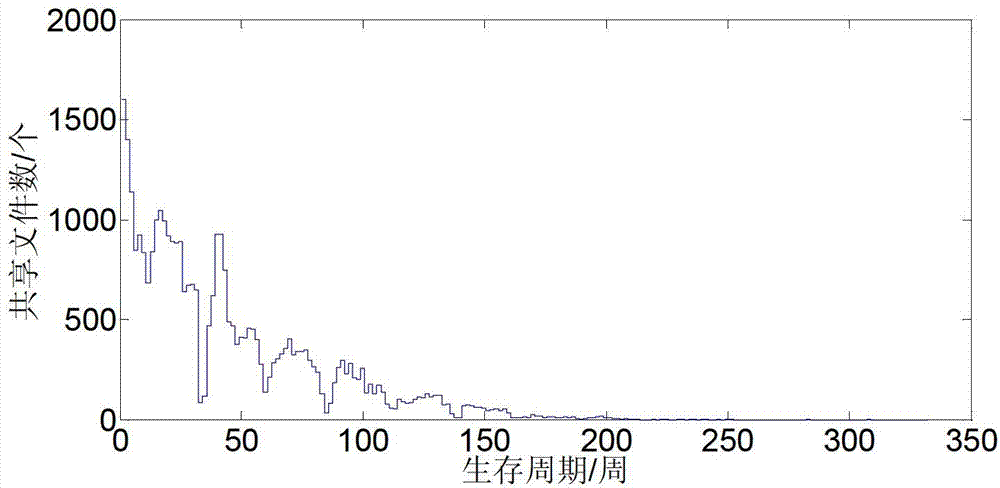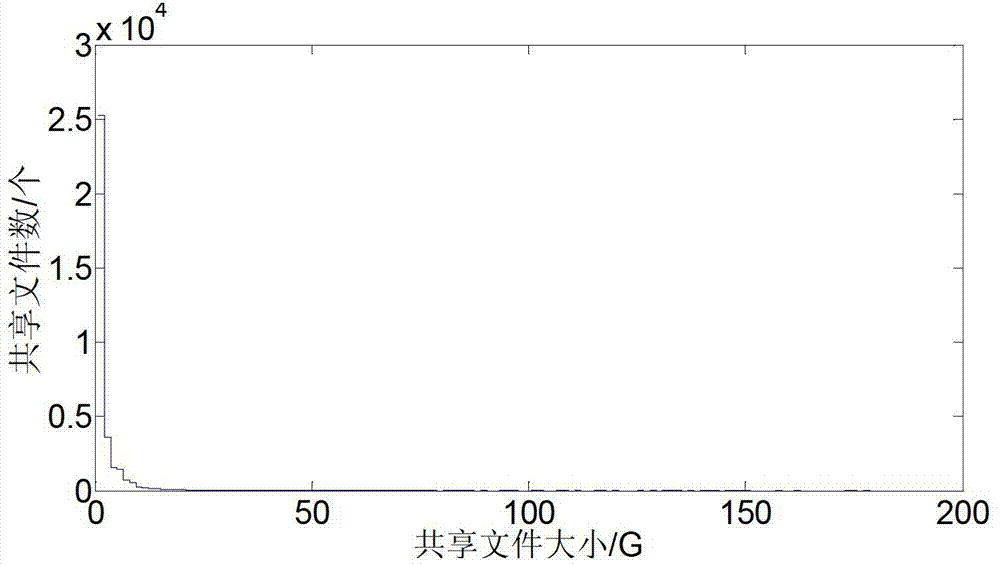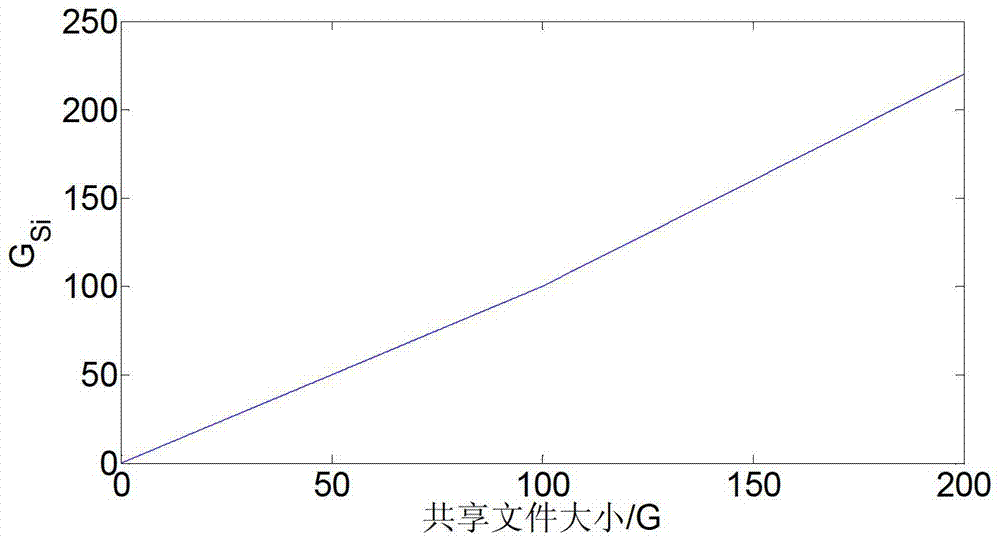Campus network peer-to-peer (P2P) incentive method based on contribution values
A technology of contribution value and campus network, applied in the field of computer network, can solve problems such as difficult implementation and complex incentive mechanism model, and achieve the effect of increasing enthusiasm, increasing sharing enthusiasm, and prolonging sharing time
- Summary
- Abstract
- Description
- Claims
- Application Information
AI Technical Summary
Problems solved by technology
Method used
Image
Examples
Embodiment Construction
[0057] Each node in the P2P network must provide services to the entire network according to the initial agreement, including shared storage space and available resources, and can also enjoy the storage space and resources provided by other nodes in the network. The differences between different incentive mechanisms are mainly reflected in the utility function, the definition of the relationship between the node's ability to enjoy the service and the node's contribution to the system, and the selection of measurement points. When designing the contribution value algorithm, it is necessary to encourage the enthusiasm of the nodes as much as possible to ensure the continuous and stable operation of the system.
[0058] The present invention adopts the resource size and sharing rate that the current node shares with other nodes as the main design factors. Nodes with more shared resources will obtain more contribution values; higher sharing rates will also obtain more contribution ...
PUM
 Login to View More
Login to View More Abstract
Description
Claims
Application Information
 Login to View More
Login to View More - R&D
- Intellectual Property
- Life Sciences
- Materials
- Tech Scout
- Unparalleled Data Quality
- Higher Quality Content
- 60% Fewer Hallucinations
Browse by: Latest US Patents, China's latest patents, Technical Efficacy Thesaurus, Application Domain, Technology Topic, Popular Technical Reports.
© 2025 PatSnap. All rights reserved.Legal|Privacy policy|Modern Slavery Act Transparency Statement|Sitemap|About US| Contact US: help@patsnap.com



